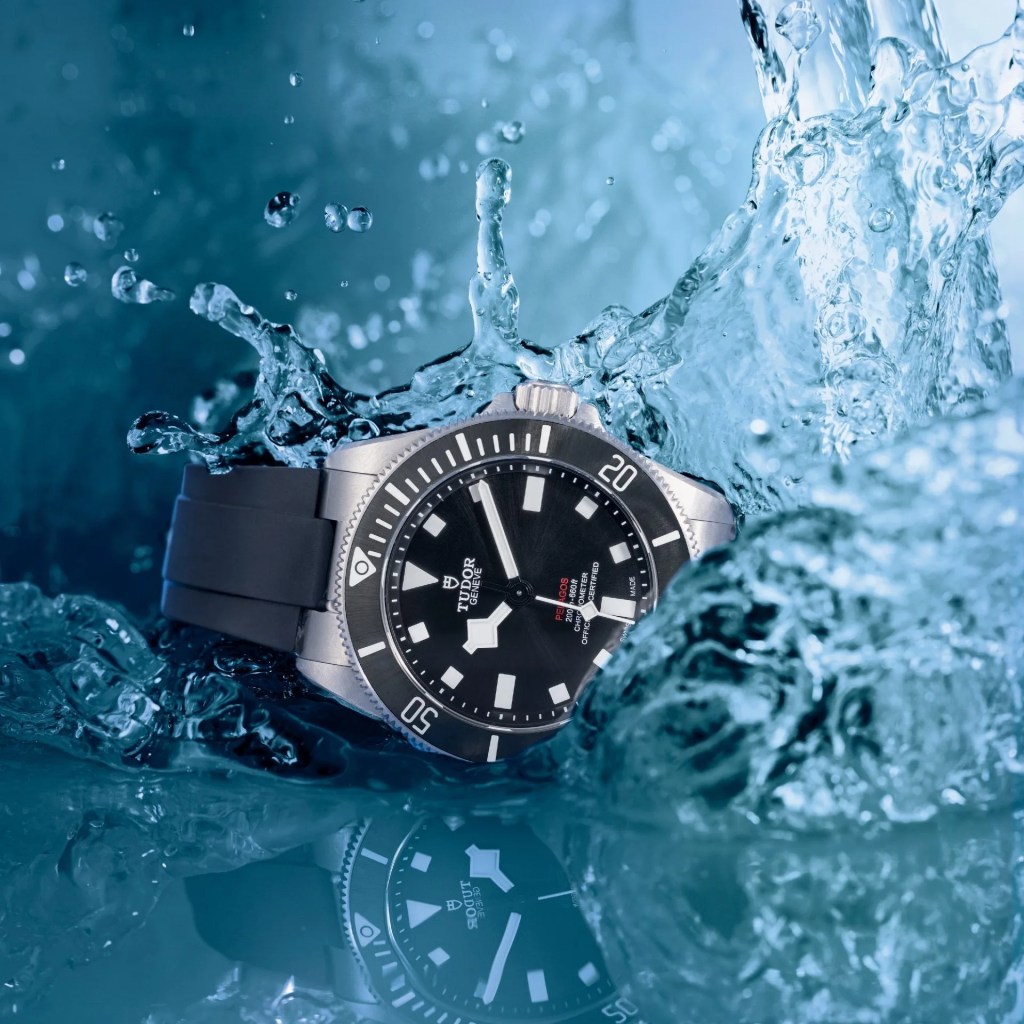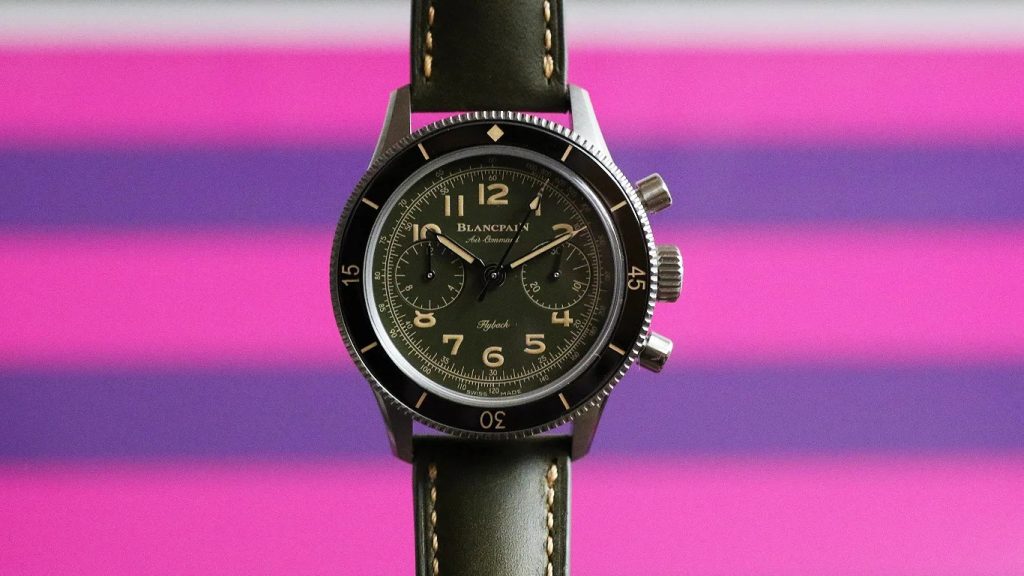It turns out these little markers actually do serve a purpose, though it’s one you may never need.
Every product is carefully selected by our editors. If you buy from a link, we may earn a commission. Learn more
If you’re like me, you don’t actually take your dive watch diving. I wear mine because they look good, they’re rugged enough for daily wear and, perhaps sometimes, so I can pretend like I’m going to use them for their intended purpose someday. Even though I never may.
As such, some of a dive watch’s distinguishing features have no real use in daily life. A helium escape valve? Come on. And while a dive watch’s bezel is quite useful in everyday life for timing everything from cooking to doing laundry to your kid’s naps, you may have noticed that your watch’s bezel looks a little different from 0 – 15.
Many dive watches, including icons like the Rolex Submariner, older Omega Seamasters and Tudor Black Bay, feature individual minute hash marks on the bezel between 0 and 15, while the rest of the bezel is free from these hash marks, only featuring markings every five minutes. Personally, I detest this look, as I think it ruins the symmetry of the watch. But they clearly serve a purpose, one that is undoubtedly tied to diving. I am not a diver … but Jason Heaton is.
Heaton is a certified technical diver who has gone on many actual undersea adventures around the world (including once while wearing a vintage Tornek-Rayville). He’s also the cohost of the watch-themed podcast The Grey NATO, author of a pair of thrilling adventure novels centered on archaeologist Julian “Tusk” Tusker and, once upon a time, a Gear Patrol staff writer. If anyone were to know what those hash marks on a dive bezel are used for, it’s him.
Time to Decompress
“While the overall bottom time of a dive can be approximated with merely the bezel pip (zero marker) and the minute hand, to measure anything in single-minute increments, you need the finer markings,” Heaton tells me. “The finer minute markings on a bezel are useful during a dive for timing shorter duration functions, most notably decompression stops.”
The increased pressure associated with diving causes you to breathe in more nitrogen than normal. This nitrogen is stored in the blood, and if you ascend too quickly, it doesn’t have time to properly dissipate. It can then form bubbles in your blood and tissues, causing decompression sickness, a.k.a. “the bends.”
Decompression stops, which can be calculated for a dive using a specific type of table (or, more likely, a dive computer), are stops made during a diver’s ascent that allow your body to safely off-gas the buildup of nitrogen, thus saving you from the bends.

“Decompression stops require pretty precise timing, often down to the second, at the various depths at which the diver ‘hangs,’ so guesswork is not really prudent,” Heaton says. “Many dive watches include these minute markings for the first 15 – 20 minutes of the bezel circumference, but the more serious ‘mil-spec’ divers (Bremont S2000 or Tudor Pelagos FXD, for example) give a full 60 minutes of markings.
“Personally, I’ve never performed a deco stop longer than 20 minutes, and a dive computer will count down the time, so I’ve had little use for the fine markings. Yet I still prefer a full 60 minutes of hashes, more from an aesthetic perspective.”
15-Minute Hash Marks
 Oris
OrisOris Aquis
The Oris Aquis here features the common and traditional dive watch layout of one-minute markings for the first 15 minutes and five-minute markings for the rest of the bezel. When dive watch bezels were invented in the 1950s, there were no dive computers, and timing a deco stop longer than 15 minutes would’ve been even rarer than it is today. The 15-minute markings made sense for this reason at the time, and the design stuck.
Full Hash Marks
 Tudor
TudorTudor Pelagos FXD
Heaton’s aesthetic preference, the Tudor Pelagos FXD is a “mil-spec” diver featuring one-minute markings for all 60 minutes of the timing bezel. Maybe overkill for decompression stops, but useful for timing anything down to the minute.
Read our full review of the Tudor Pelagos FXD.
No Hash Marks
 Omega
OmegaOmega Seamaster 300
My personal aesthetic preference for dive watch bezels features no one-minute hash marks at all, with markings evenly spaced out every five minutes like on this Omega Seamaster 300. This style is the least useful for diving since it features no fine-timing ability for deco stops, but I love how clean it looks. And hey, I’m not a diver anyway.



